Search

South Dakota 4-H Trip Application to the National 4-H Conference
Members of the South Dakota 4-H Program, have the opportunity to apply for National 4-H Conference in Washington D.C. Youth must be 16-18 years old by the date of the event to apply. Applications need to be submitted to the applicant’s 4-H Youth Program Advisor.
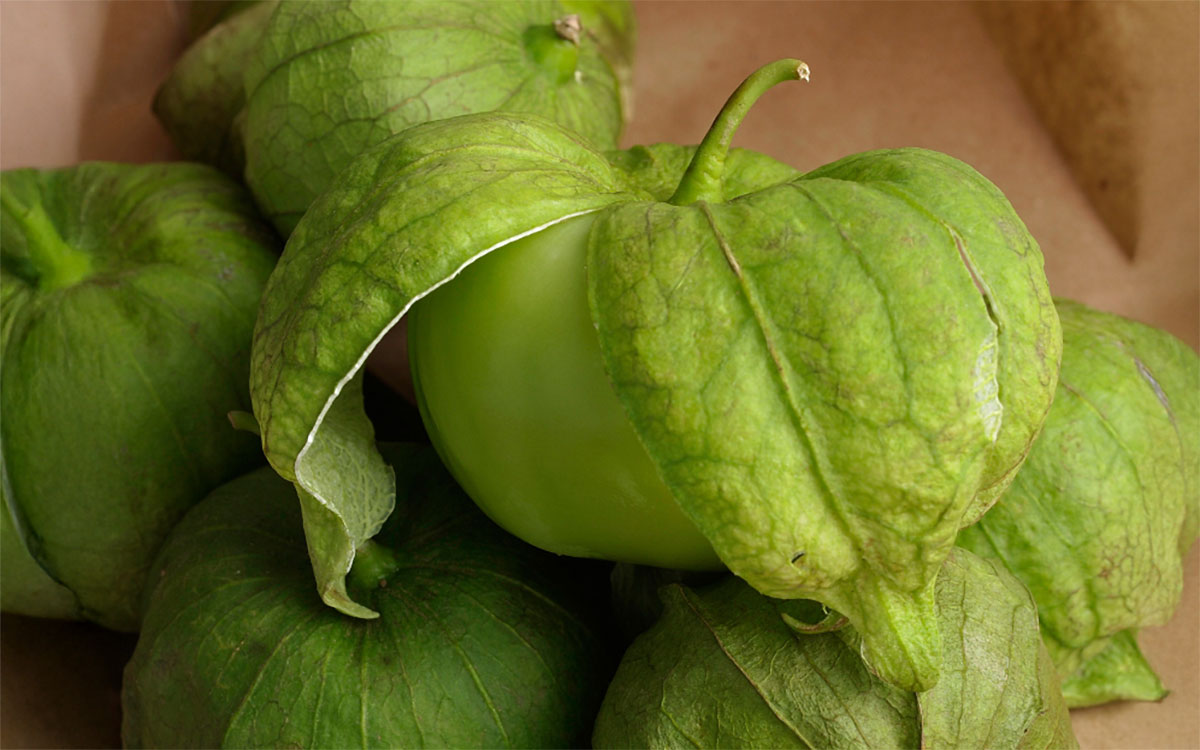
Tomatillo: How to Grow It
Tomatillos are the lesser-known cousin of tomatoes, and they are commonly used in sauces or salsas. Learn some expert tips for planting, growing, and harvesting them in this resource!
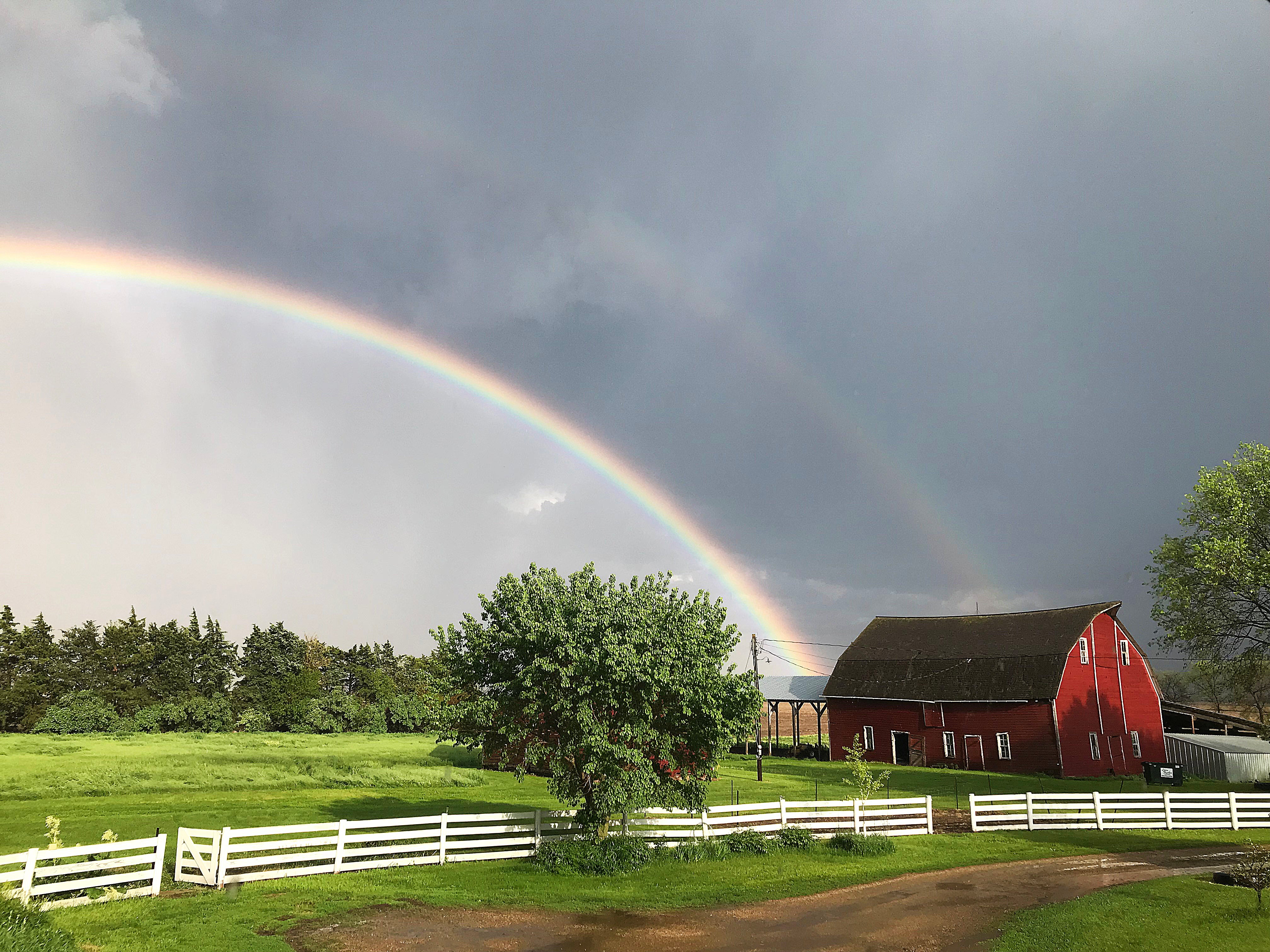
Application to Chaperone South Dakota 4-H Youth Trips
Information about how to become a chaperone for South Dakota 4-H Youth Trips.
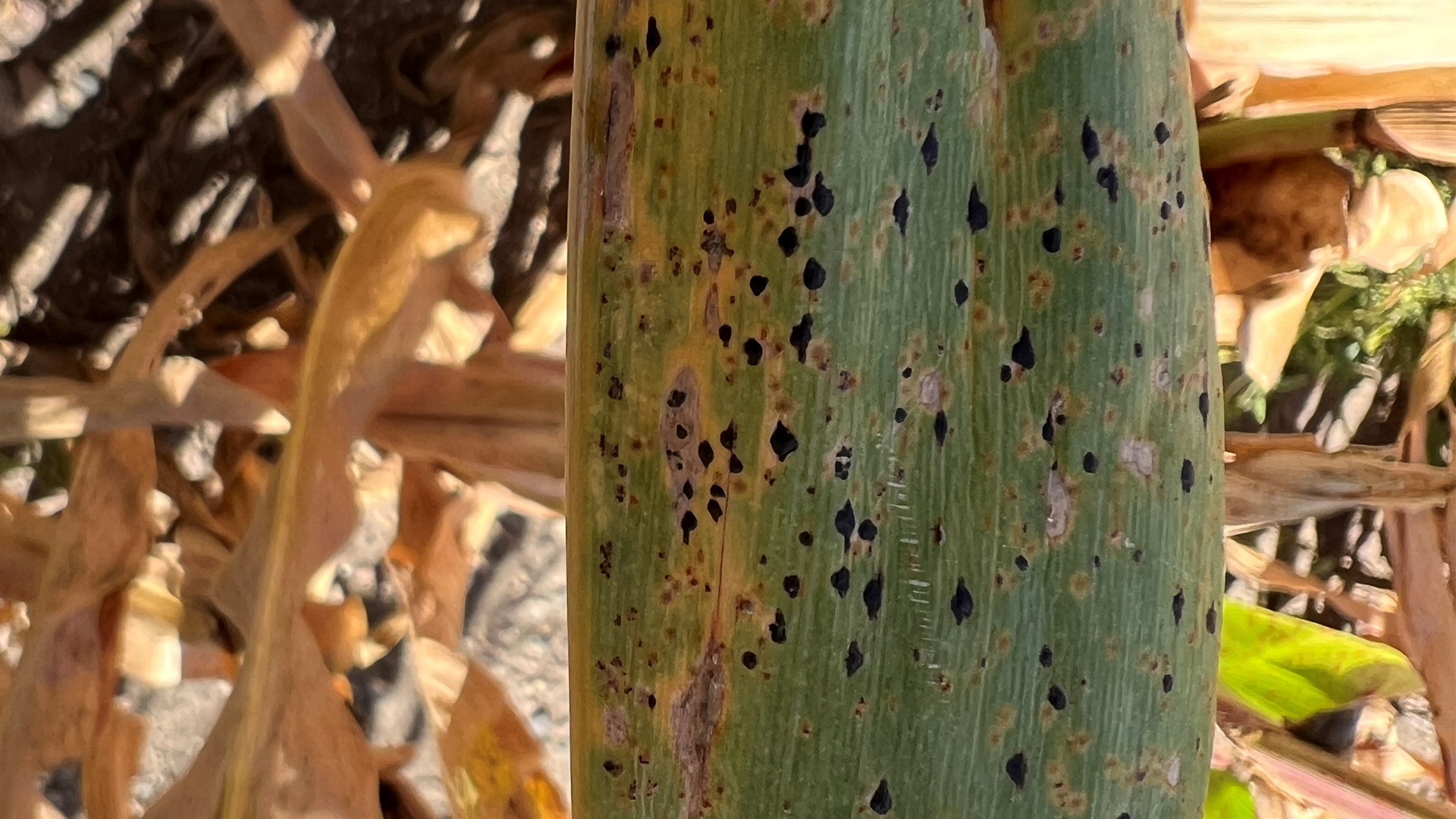
SDSU Extension to host tar spot webinar
January 24, 2025
Tar spot is a potentially yield-impacting corn disease that was confirmed in 46 of South Dakota’s 66 counties in 2024. The fungus can cling to crop residue over the winter and re-emerge once temperatures rise. It’s most commonly spread in South Dakota by wind-blown spores.

2024 Annual Climate Review
The final climate numbers are in for 2024. Learn what the year brought for temperatures, precipitation, and drought conditions throughout the state.
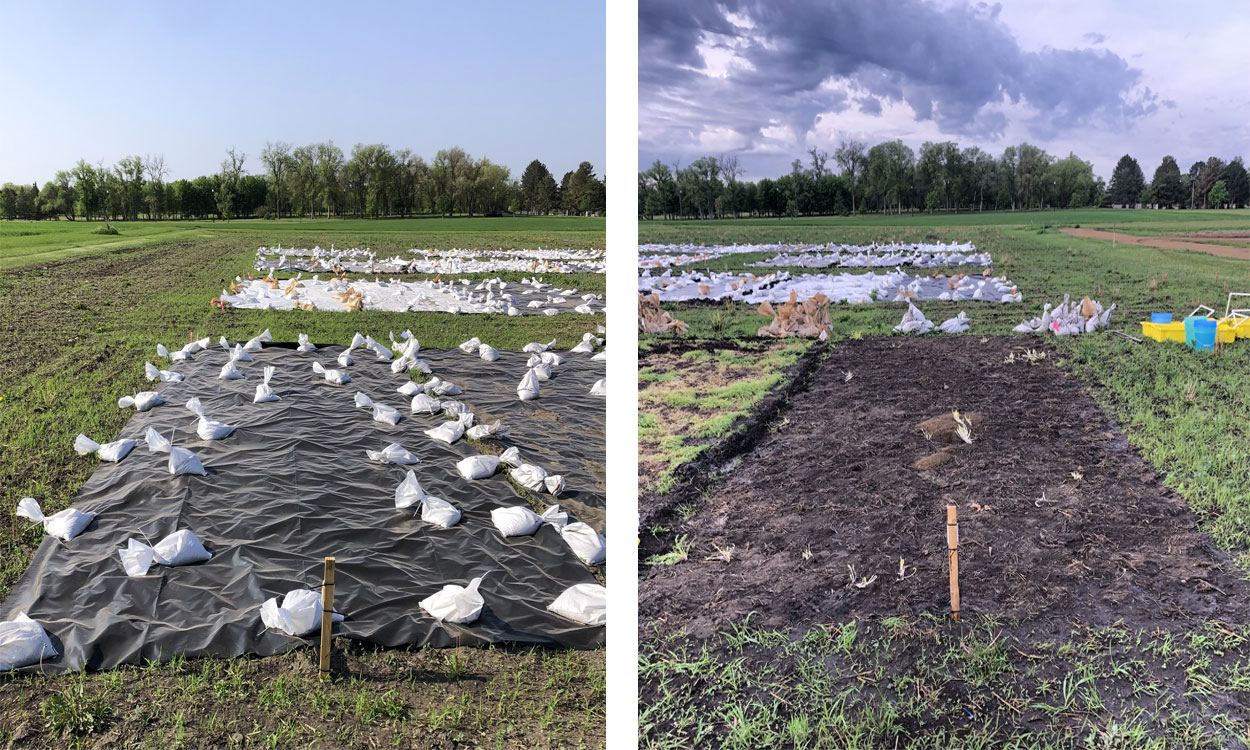
Early Season Soil Solarization and Occultation Impacts on Weed Pressure and Onion Yield in Eastern South Dakota: Year 2 (2024) Results
Research report on whether soil tarping can reduce weed pressure in onion yields for the second year
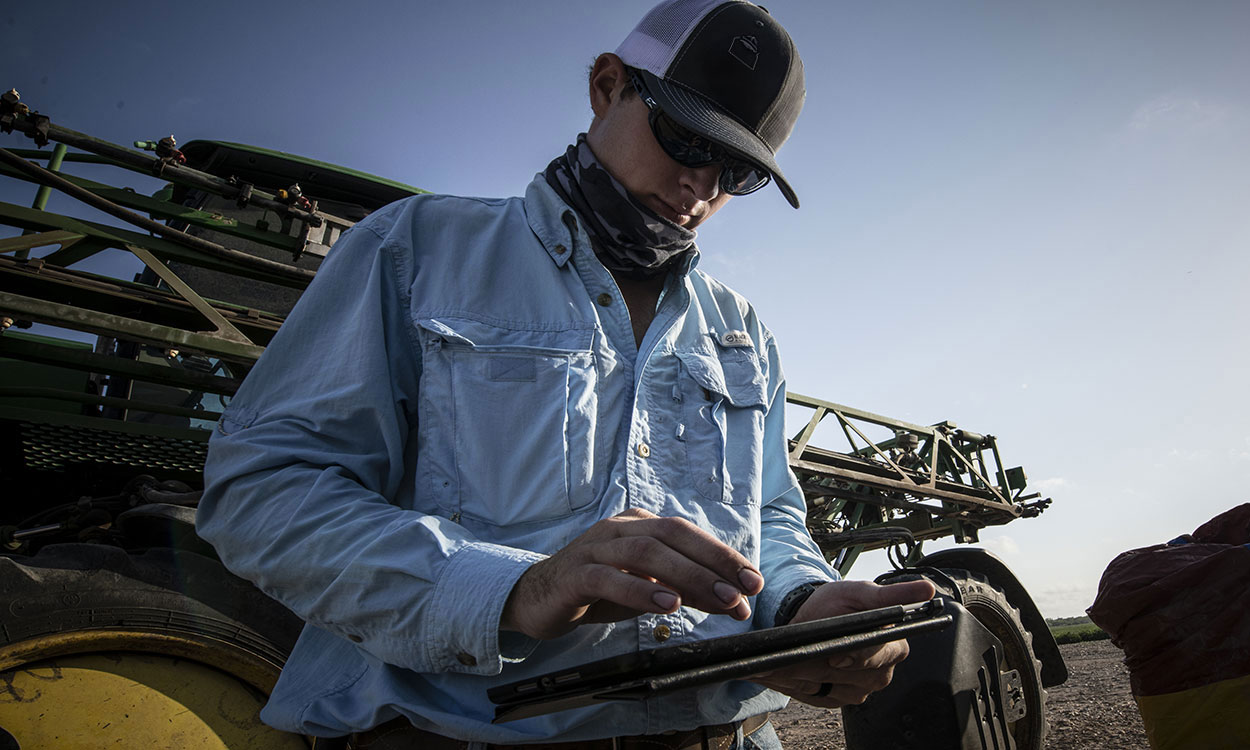
Over-The-Top Dicamba Applications Are Not Legal in Soybean for 2025
The registration for dicamba labels for over-the-top applications in tolerant soybeans have been pulled for the 2025 growing season. Many producers are aware of the situation, but planning weed management strategies should start today.
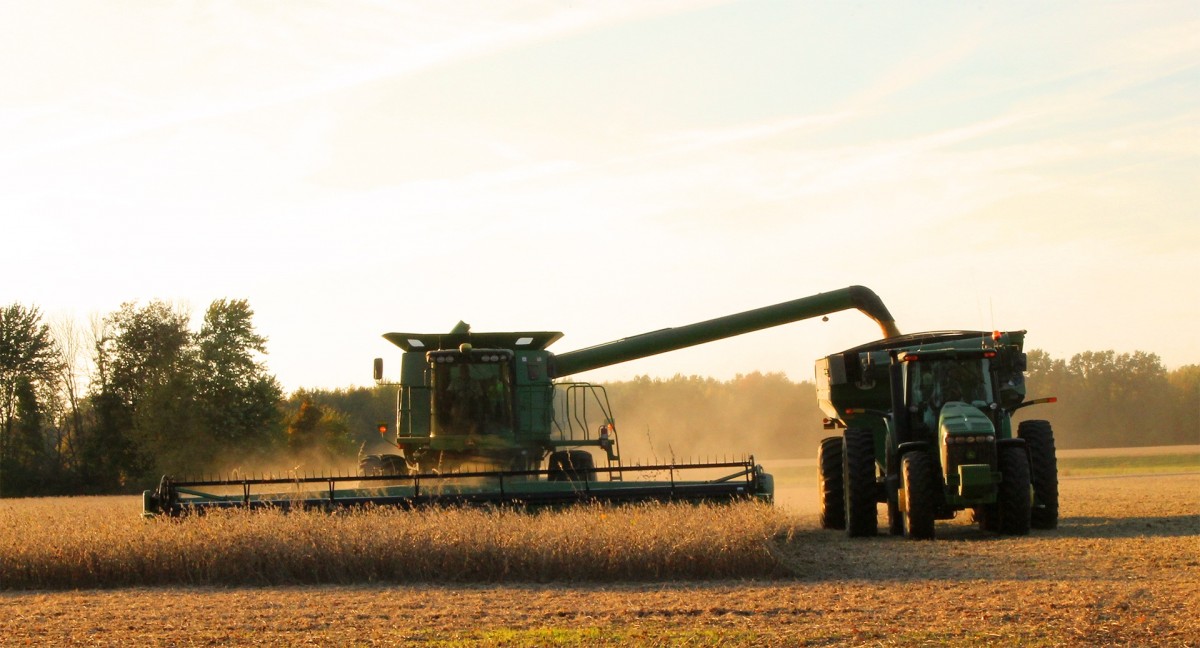
Evaluating the Economic Consequences of Possible Section 199A(g) Expiration of Agricultural Cooperatives in the Upper Midwest
A comprehensive evaluate of the potential economic impact of Section 199A(g) deduction sunsetting on agricultural cooperatives and rural communities.
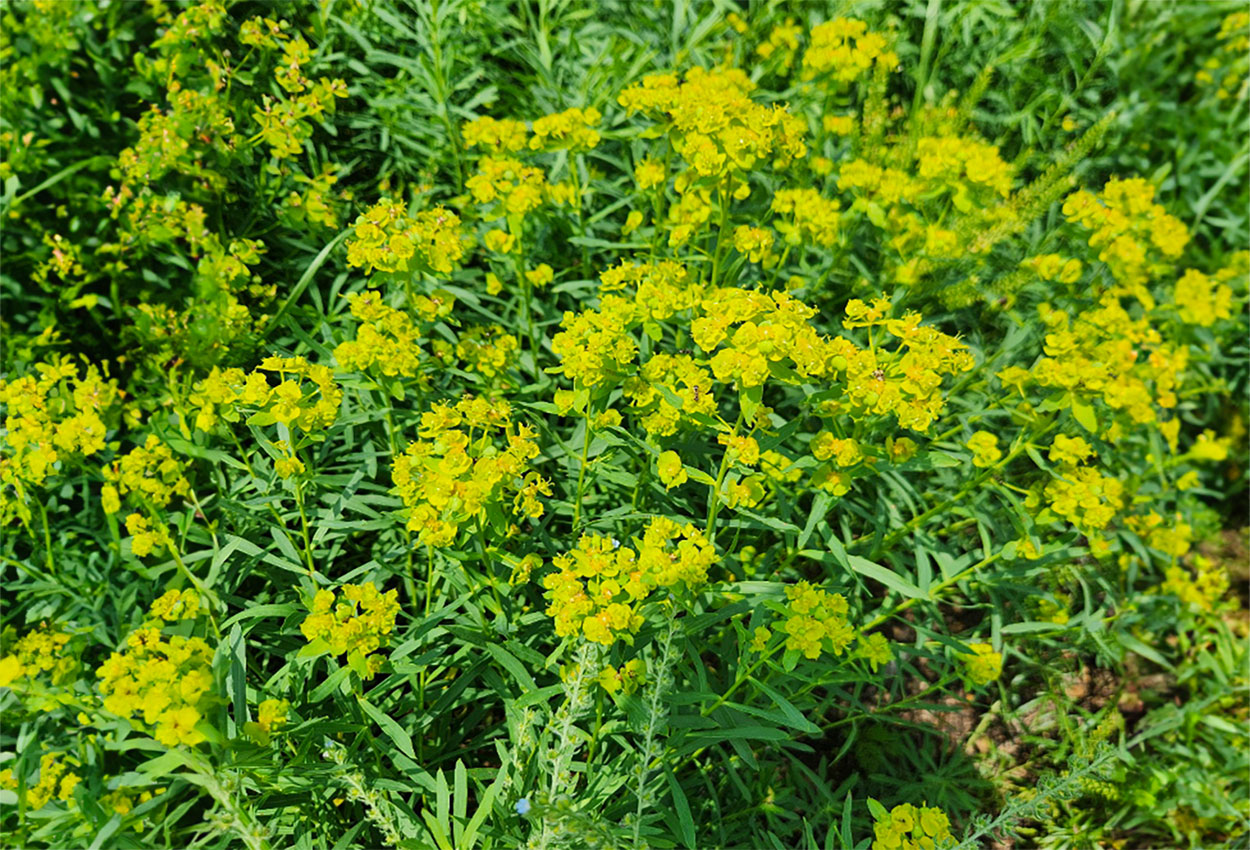
Effects of 2,4-D with and without wiper-applied glyphosate on leafy spurge (Euphorbia esula) treated-shoot, shoot regrowth, and root biomass
Fact sheet on the effects of 2,4-D with and without wiper-applied glyphosate on leafy spurge.
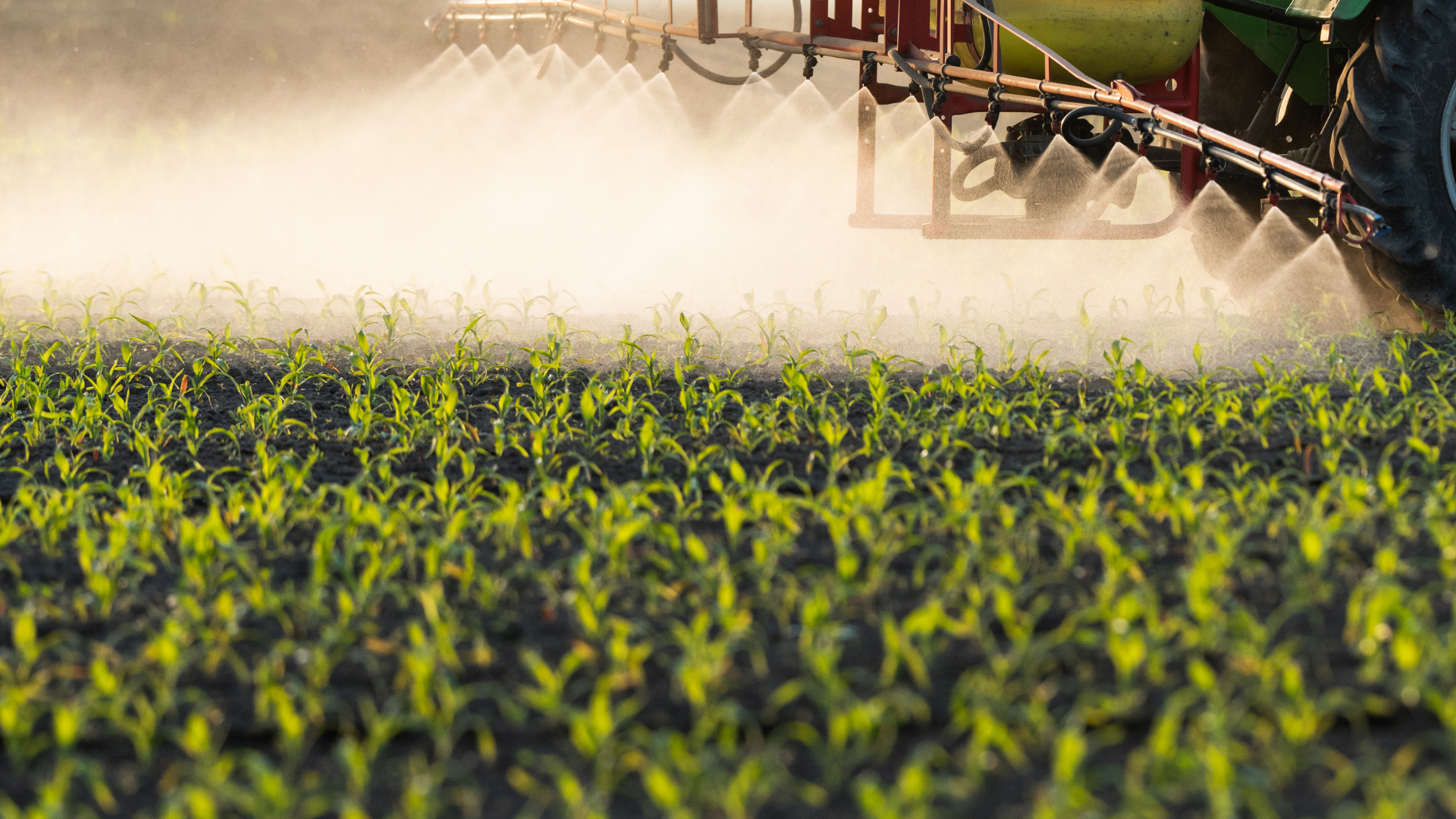
While Illegal in Tolerant Soybean, Dicamba Can Still Be Applied in Other Crops
While dicamba labels (i.e., Engenia, Tavium, and Xtendimax) for over-the-top applications for tolerant soybeans have been pulled for the 2025 growing season, the herbicide can still be applied in other crops. Below is a guideline for dicamba use in various crops.